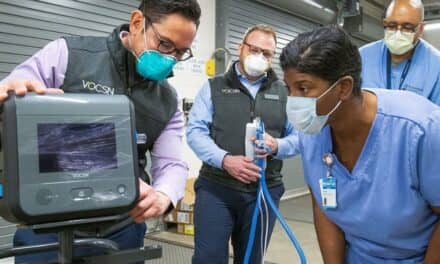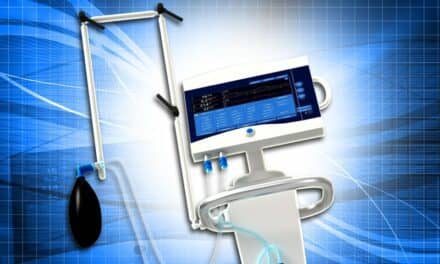Ventilator shortages in COVID-19 hotspots have forced some emergency physicians to do what was once unthinkable: modify the equipment to accommodate more than one patient simultaneously. But is that a good idea? Nova explores the question.
The first problem, [Nevan Hanumara, a research scientist in MIT’s Precision Engineering Research Group] points out, is that coventilating requires using the same pressure with two very different sets of lungs. The healthier lungs receive more air because they inflate more easily, while the sicker, less flexible lungs won’t get as much.
Secondly, he adds, sensors calibrated for one person’s measurements may not work for two, meaning the appropriate alarms might not be triggered if there is an emergency. Some COVID-19 patients, for example, experience sudden, catastrophic changes in their lung health; without alarms, it’s much more difficult to catch these changes in time. And finally there’s the matter of cross-contamination. Although two coronavirus patients sharing a ventilator can’t give each other their infections, they might still swap pneumonia microbes, or even tuberculosis.
Read more from Nova.





